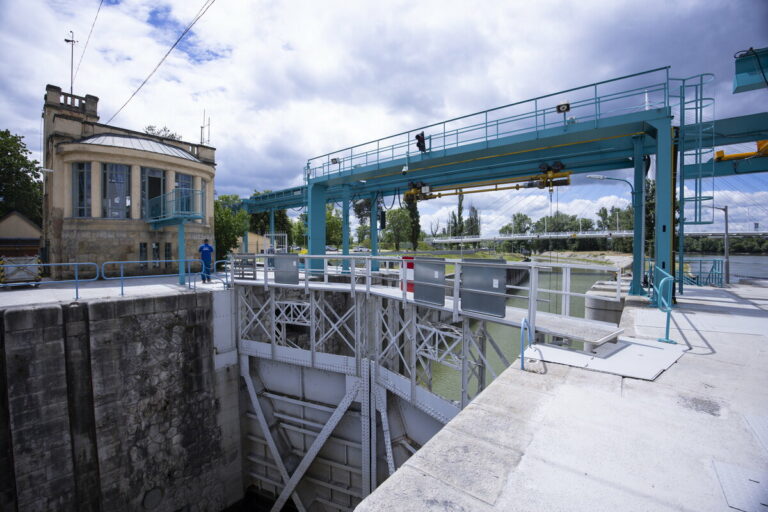climate change
Battling unwanted guests in Budapest: why are there so many cockroaches and how to reclaim your home

CNN also alerted: beetle infestation destroys Hungary’s oldest library – PHOTOS

Intolerable drought in Hungary: Even drought-tolerant grasses are dying – what does the future hold?

Wizz Air boasts lowest emissions rate among major airlines

Water crisis hits Budapest suburbs: An entire town could run out of water tonight

Horrible sight: Budapest’s dreaded Hunger Rock emerges for the second time in a year

Hungary’s extreme drought sparks devastating wildfires, destroying hundreds of hectares of crops and property – PHOTOS

Hungary just had its driest June in over 120 years

Water crisis in Hungary: Government pushes emergency measures as rivers hit record lows

Low Carbon Ways of Keeping Cool as Climate Change Continues Unabated

Hungary braces for extreme UV radiation and scorching heatwave starting Sunday

Lake Balaton in danger: Unusual phenomenon observed, swimming not recommended – PHOTOS, VIDEO

New infrastructure aims to stop desertification in Hungary’s most vulnerable regions

Hungary issues first heat alert of the season as temperatures soar

VIDEO: Iconic Transylvanian attraction threatened by dramatic flooding after torrential rains

Scorching summer ahead: Hungary braces for one of its hottest seasons on record – here’s what to expect + tips

Chilling warning in the Hungarian Parliament: 1/3rd of Hungary will be a desert, seasons changed in the country

Hungarian summers have grown 50 days longer since the 1970s





 ZH
ZH IT
IT DE
DE HR
HR NL
NL FR
FR JA
JA RO
RO RU
RU ES
ES TR
TR
